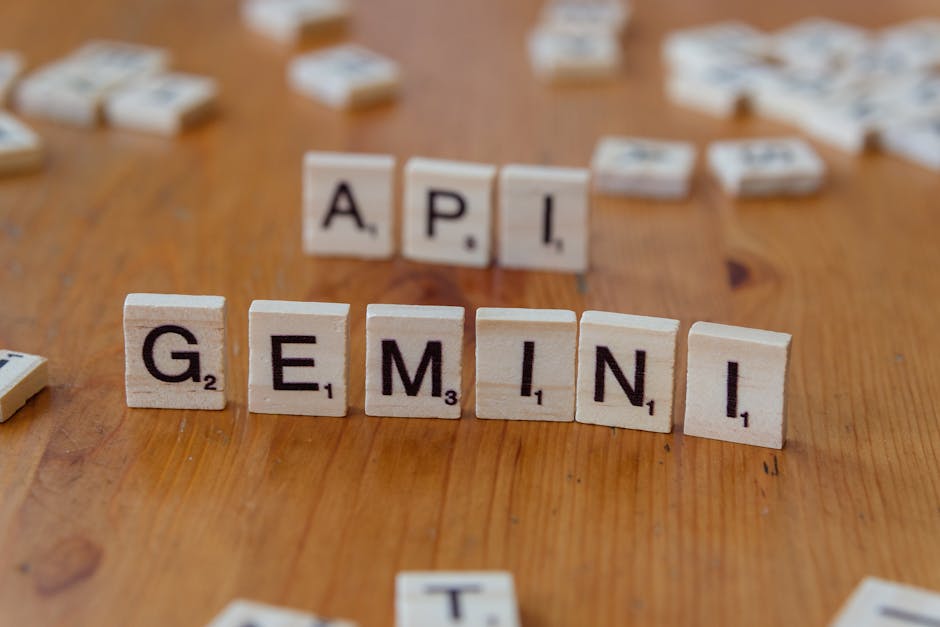In the rapidly evolving world of technology, Artificial Intelligence (AI) has become a game-changer, transforming industries, economies, and daily life. Yet, as AI systems become more pervasive, a critical question emerges: Can AI avoid the “enshittification” trap? Coined by journalist Cory Doctorow, “enshittification” describes the gradual decline of platforms and services as they prioritize profits over user experience, leading to diminished quality and satisfaction. Understanding and addressing this risk is essential as AI continues to grow.
What is Enshittification?
Enshittification is a phenomenon observed in tech platforms like social media, e-commerce, and streaming services. Initially, these platforms attract users with free services, innovative features, and seamless experiences. However, as they gain dominance, the focus shifts to monetization, often at the expense of user satisfaction. Ads multiply, algorithms prioritize profit-driven content, and data exploitation becomes rampant, leaving users and creators with diminishing returns.
Why AI is at Risk of Enshittification
AI systems, especially those powered by large language models and machine learning, are particularly vulnerable to enshittification due to several factors:
1. Monetization Pressures: AI development is costly, requiring significant resources. Companies may prioritize revenue through ads, premium features, or data monetization, potentially harming user experience.
2. Algorithmic Bias: AI systems rely on user data for improvement. If algorithms are optimized for profit over fairness, they can perpetuate biases or prioritize harmful content.
3. Centralization of Power: A few tech giants dominate AI, increasing the risk of monopolistic practices that stifle competition.
4. Lack of Transparency: Many AI systems operate as “black boxes,” making it hard to understand decision-making processes or hold companies accountable.
How to Prevent AI Enshittification
While the risks are real, there are strategies to ensure AI remains user-centric and avoids enshittification:
1. Regulation and Accountability: Governments must establish clear guidelines for AI development, enforce transparency, and prevent monopolistic practices.
2. Open-Source and Decentralization: Open-source AI models and decentralized systems can foster innovation and reduce power concentration.
3. User-Centric Design: Developers must prioritize user needs and long-term value over short-term profits, ensuring fairness and transparency in algorithms.
4. Ethical Frameworks: Companies should adopt ethical principles that prioritize human welfare, diversity, and inclusivity.
5. Public Awareness and Advocacy: Educating users about AI risks and empowering them to demand better practices is crucial.
The Role of Stakeholders
Preventing enshittification requires collaboration among governments, businesses, developers, and users. Policymakers must create robust regulations, companies must embrace ethical practices, developers should focus on fair and transparent AI, and users must advocate for their rights and hold platforms accountable.
Conclusion
AI holds immense potential to revolutionize our world, but the enshittification trap poses a significant threat. By taking proactive measures, fostering collaboration, and committing to ethical practices, we can ensure AI remains a force for good. The question isn’t whether AI can avoid enshittification—it’s whether we have the collective will to make it happen.
As we navigate the future of AI, the choices we make today will shape its trajectory. Let’s choose wisely.




